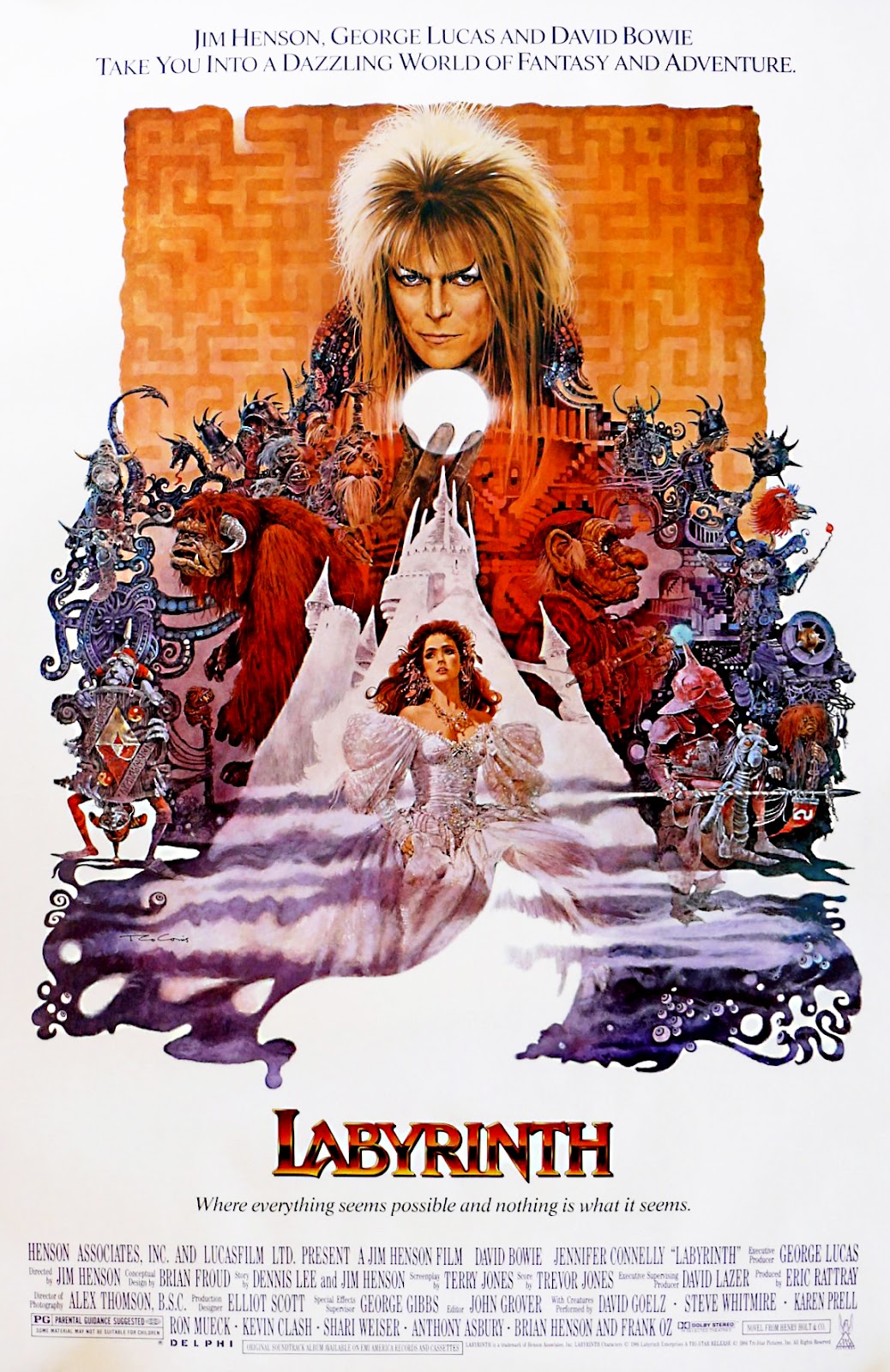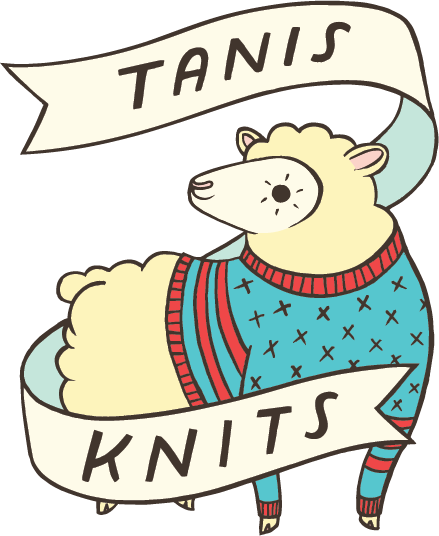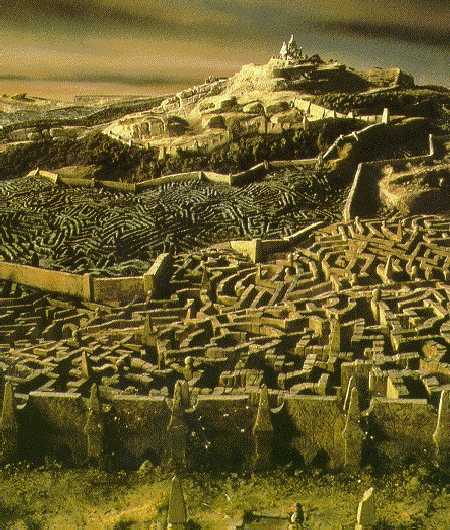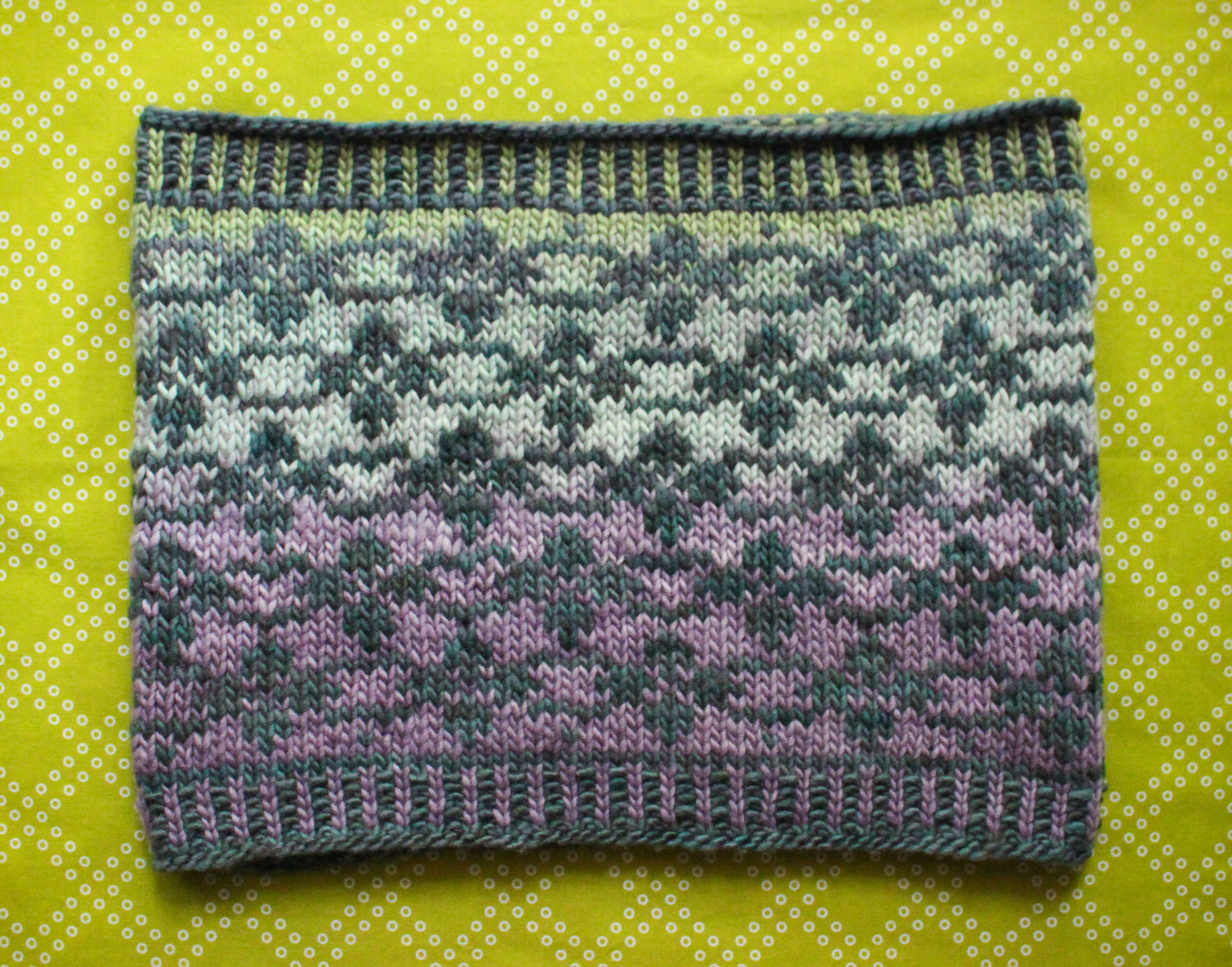UPDATE 9/5/17: Apologies! I drew the winner and forgot to post! congratulations to Christiana Vance! Christina, check your email.
-------------------
I recently got my hands on a copy of AlterKnit (Interweave Press, 2017, $26.99), a stitch dictionary with 200 modern knitting motifs. I really liked this book because it had a wide array of patterns (200!) covering both traditional and very geometric, to more organic and funky motifs. Some people are under the impression that Fair Isle always means straight lines with traditional patterning, and while there are some of those, there's also zombies, monkeys, and cactus! The swatches shown showed multiple repeats (always important for a stitch dictionary so you can see how to motif looks when repeated) and used nicely contrasting shades of yarn. There's also a handful of projects in the back providing pattern support for some of these stitch patterns and it'd be easy to swap in another motif from the book if you wanted.

Being obsessed with Fair Isle and any sort of colorwork, I knew I had to check it out and have author Andrea Rangel answer a few questions....
Tanis Gray (TG): There are a lot of stitch dictionaries on the market for knitters. What is it about this one that makes it a must have for our book shelves?
Andrea Rangel (AR): AlterKnit Stitch Dictionary is different because it focuses entirely on original stranded colorwork motifs. Most stitch dictionaries include just a few color patterns, or may focus on traditional motifs, but this one is unique in that it offers 200 new color motifs to inspire knitters! It also has a technique section to help knitters get started and improve their colorwork, and five new projects so knitters can see some examples of how the motifs can be used in design. It’s an all-around great knitting resource!
TG: Something unique about this book is that it was a team effort. Your husband conceived the stitch patterns while you swatched and refined. How was it working like that? Did you have veto power?
AR: Every motif that’s in the book is there because we both agreed it works. We did a lot more work than was published and it was a process of weeding out. He’d create a chart and we’d both decide if we liked it. If yes, I’d swatch it. Once I had a pile of swatches, we’d go through them and pick out the best ones, taking out any that either of us didn’t love. There wasn’t really any need for anyone to veto because we only wanted the very strongest motifs to be included, so if we didn’t agree, we just didn’t use it. Mostly we worked well together, though there were a few times when he was talking as an illustrator and I was talking as a knitter, and we weren’t quite speaking the same language. And it was an intense amount of work in a very short time, so it was definitely stressful. But overall, we’re both just sort of delighted that we actually made a book together!

TG: If you had to chose your 3 favorite stitch motifs in your book, which would they be?
AR: That’s so hard! I’ll say Hippos still makes me laugh every time (it’s the round butts!), Amplitude is so visually mesmerizing, and I think Long Stitch just works perfectly. But ask me on a different day and I might give three different answers!
TG: Fair Isle is my absolute favorite knitting technique! Do you tend to focus on colorwork or are you an equal opportunity technique knitter?
AR: I love almost everything about knitting, so as much as I love stranded colorwork, it’s only one of the many techniques I use all the time. The nine months I spent working on AlterKnit was almost all colorwork though. Every day. All day. Right now I feel like I’m in a Stockinette phase, but then I knit up some lace and the rhythm of that is so enthralling and reminds me of colorwork, so I’m back there again. Can’t stop knitting.
TG: I teach Fair Isle often and the thing I hear most frequently is “that wasn't as difficult as I thought it would be.” What advice would you give someone who wants to learn this technique but hasn’t mustered up their courage yet?
AR: I recommend just playing without judgement. Even if a thing seems hard, just try it and you may love it! I included a bunch of tips for improving your colorwork in AlterKnit because there are lots of practical ways to make your work look better, and every time you practice, that’ll make it better too! Swatches are great for knitting play time. I know a lot of knitters want to make a project, but embracing swatching can be a really fun, low-risk way to learn something new. And I always recommend practicing reinforcing and cutting a steek on a swatch before trying it on a real project. Steeking is a technique that’s so empowering and once you’ve done it once, it’s not quite so intimidating.

TG: What is your dream Fair Isle project?
AR: I have too many dreams! I find myself constantly wanting to make all the things. For traditional Fair Isle, I’m pretty excited about a current WIP - Ysolda’s Bruntsfield vest I’m knitting in Uradale Farms yarn, a farm I visited while in Shetland this summer. I really like less traditional colorwork too though, so I think I’ll probably use some of my Shetland yarn to design another sweater with one of the geometric motifs from AlterKnit, maybe incorporating the many-colored look of Fair Isle with the more modern look of the new motif.
TG: How can people use this book?
AR: Our hope is that knitters use AlterKnit as a jumping-off point for their own creativity. Anyone can use the motifs for their own original patterns whether for sale or for fun. It isn’t necessary to give credit, though I would absolutely love to see what folks make using the motifs, so tagging #alterknitstitchdictionary would be awesome. The book can also be used for reference - it’s got a techniques section in the front with info on how to hold your yarn, catch floats, pick colors, steek, and a lot more! I included five projects too so folks can get some examples of how to use colorwork. I’m looking forward to seeing knitters make those projects as they’re written, but I also can’t wait to see what different motifs they use instead of the ones I picked. There’s a section on how to use motifs in design (with specific examples and math!) so I hope knitters swap out motifs to get a project that’s just right for them. And I hope that just flipping through the book makes knitters want to do colorwork! If I see a bunch of new colorwork designs and projects in the world, I’ll be happy that my job is done.
TG: I like that you have a handful of projects in the back to get people going. What is your favorite kind of project to knit with colorwork?
AR: I adore a good colorwork sweater, especially if I get to cut it open at the end! It’s so satisfying!

TG: Color is a very important aspect to this kind of knitting. What advice would you give knitters who have trouble choosing colors?
AR: My number one tip is to start with colors that have high contrast - one should be light and one dark. It can be hard to tell if your colors are contrasting enough, so an easy trick is to just take a photo with your black and white filter on. That’ll show the value (relative brightness/darkness) of the colors. If they still look different, go for it! If they look exactly the same, they probably won’t read very well in colorwork, so pick a higher contrast.
TG: What’s on your needles now?
AR: It’s actually all personal knitting, which is delightful and unusual for me! I’m currently knitting Woolen Explorer from my first book, Rugged Knits, and two patterns by Ysolda - Bruntsfield for me, and Wee Liesl for my niece. I also like to have a sock on the needles in case I need something simple to throw in my bag, so I just cast on an Okanogan Sock.
Thanks, Andrea! Let's give away a copy of the book, shall we? Answer the below trivia question in the comments correctly and be entered in to win a copy of this book. A winner will be chosen at random on Friday, September 1. Open to US residents only!
How many islands make up the Shetland Islands?





















